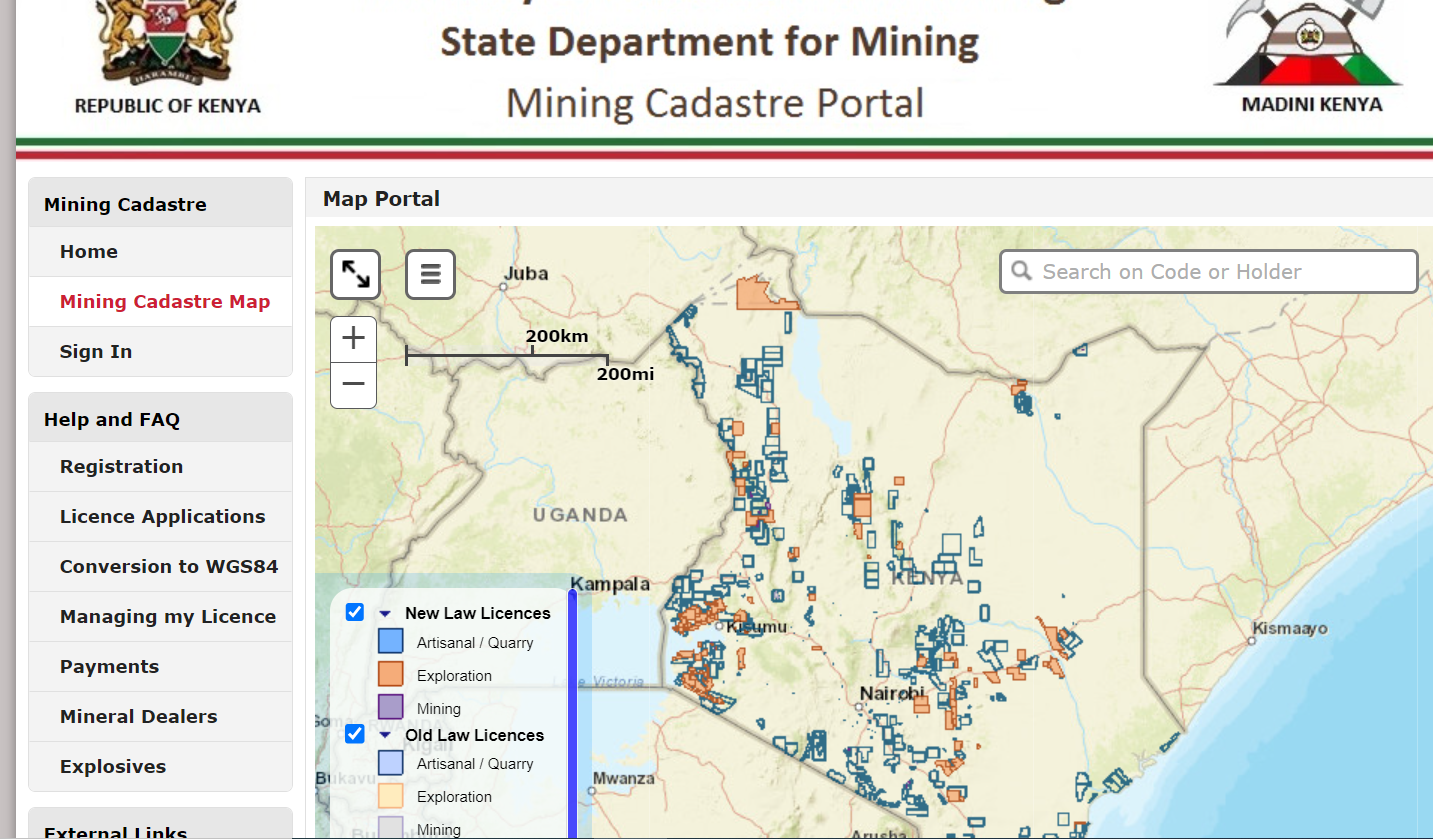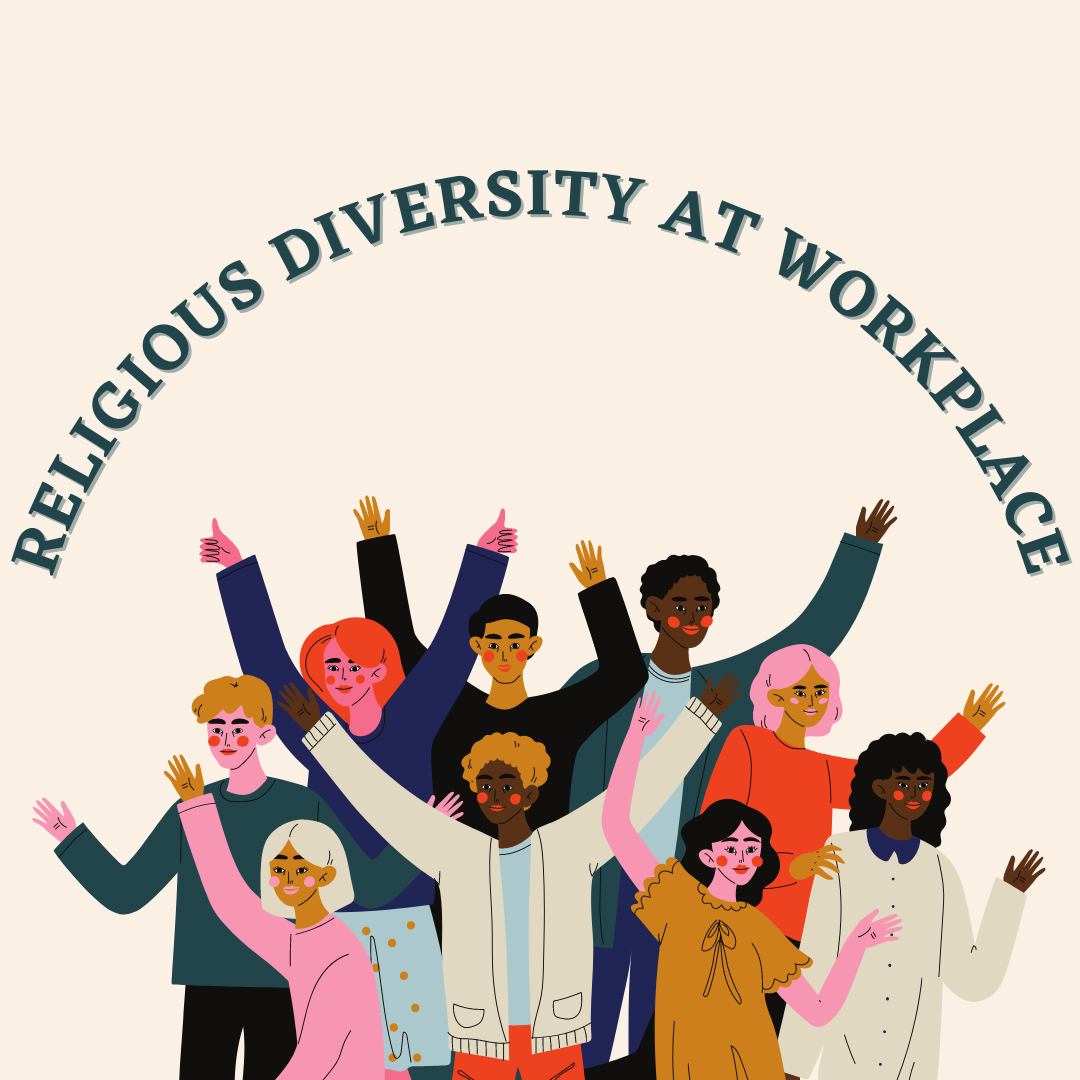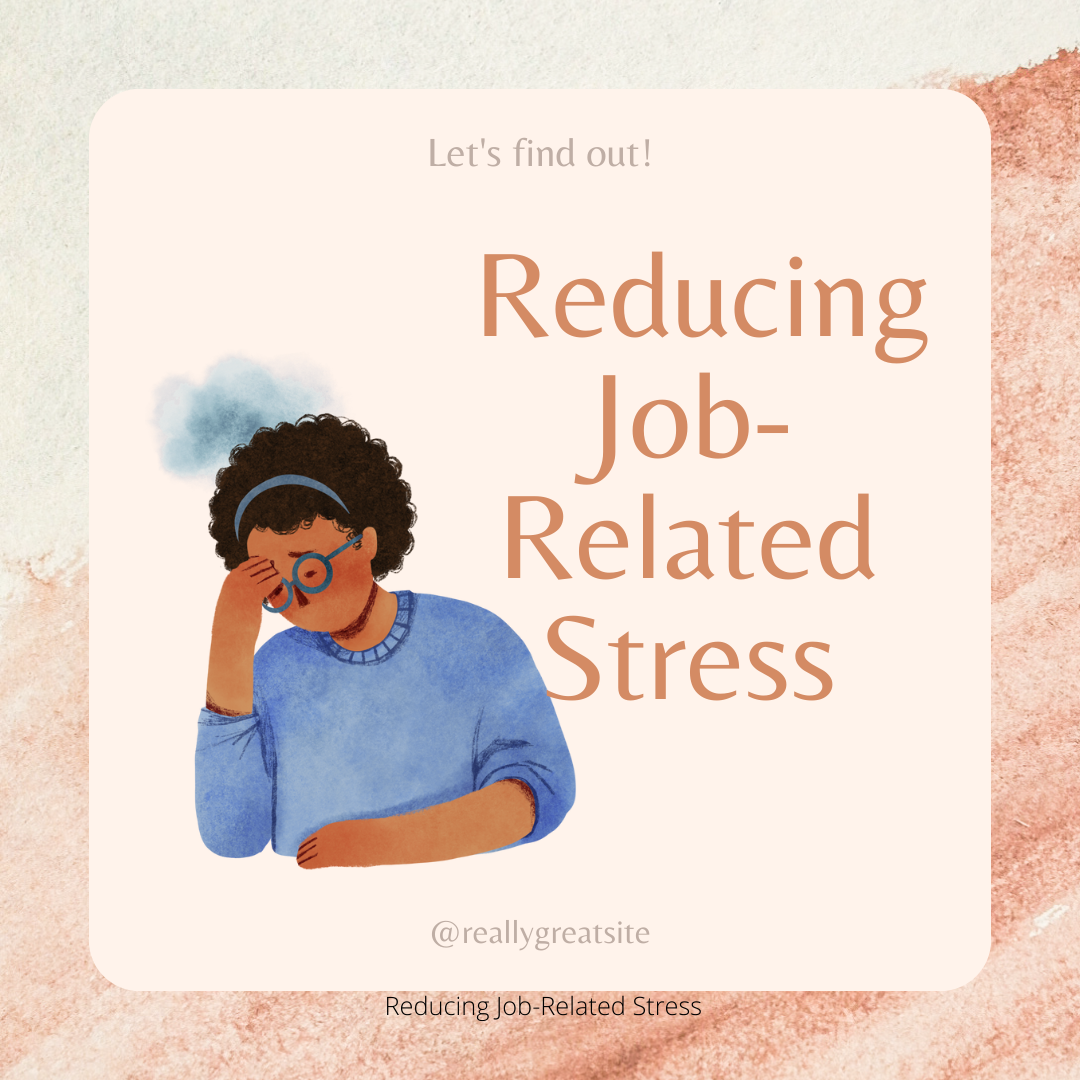Are we mining towards a sustainable future?
What do Climate Change Mitigation measures mean to Mining Sector?
There is a famous saying that states, whatever if not from a plant is from a mine. All the materials that go into producing renewable energy components are not from plants. 100% of the renewable energy components are from a mine and transported over long distances to get to the final market. Approximately one billion tonnes of resources were extracted in January 2021 alone.
Clean energy is a significant driver in mining Sector 2021 and beyond.
The World Bank’s Climate Smart mining team released a report indicating that manufacture of solar panels, wind turbines and batteries will be the most significant contributors to the expansion of mining projects. Lithium, cobalt and graphite are likely to increase in demand by over 500% by 2050. Three billion tonnes of minerals and metals will be used to deploy renewable energy technologies. Low carbon future will not be possible without a massive increase in mineral production.
Minerals Fuelling Green Economy
Electric cars
Electric cars have become more popular and are set the replace fossil fuel cars. Data from the International Energy Agency indicate that there will be 23 million electric cars by 2030. In 2018 there was a 65% rise from the 2017 figure of 5.1 million cars. There is a rise in hybrid car purchase and manufacturing. These cars will pose a high demand for rechargeable batteries. UNCTAD report estimates commodities for green energy investments stands at an average of $600 billion per year.
Batteries
Batteries are very crucial in energy storage. They don’t last forever, so the world will need to keep a stable supply of batteries for a very long time. Some of the minerals required for manufacturing batteries are manganese, lithium, lead, graphite, cobalt, aluminium and nickel. The demand for cathode lithium-ion battery is set to rise to $58.8 million by 2024.
The figure below shows statistics of Lithium iron battery value chain including revenue.
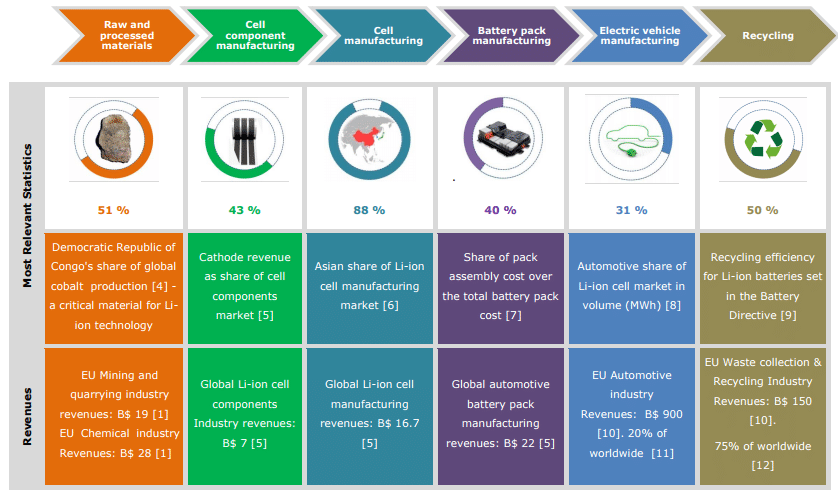
Lithium Value Chain
A small electric car will need 10 to 20 pounds of cobalt. Congo produces over 75% of the world’s cobalt. The country remains one of the least developed in the world. The mineral is shipped to China for processing before being sold to the rest of the world.
Wind Energy Metals
Wind Energy, on the other hand, will require aluminium, several rare earth elements, and copper for wires. Besides, copper is used in wind turbines as high-voltage cable conductors, in transformer coils, coil winding rotor and stator portions of the generator in the high cable conductors and transformer coils. It is useful in grounding systems that are essential in wind turbines.
In nature, copper exists in a small percentage of ore that has to be processed. In Canada, 1% of copper is viable to mine. To recover 1Kg of copper you will need to dig out 100Kg of earth, pass it through chemicals for beneficiation, and then transport it to a factory in another country for further processing before sending it to be used in manufacturing components of wind turbines.
One Vesta turbine of 660KWS has 880lb equivalent to 370 Kgs of copper. From a mine of one per cent, it takes 37,000 tonnes of soil. This does not include the grounding system.
Minerals required to make a solar panel
The USA department of interior considers 35 mineral commodities critical. These minerals play an essential role in a solar PV system.
Minerals required to make a solar panel include Arsenic, Gallium, Indium, Tellurium, Cobalt, aluminium, cadmium, copper, gallium, indium, iron, lead, nickel, silica, silver, tin, zinc.
Zinc Oxide and Titanium Oxide
The solar cells either use Zinc oxide or Titanium Dioxide in the case of dye-sensitized ones. However, Zinc oxide is known to achieve higher efficiency than Titanium dioxide. Zinc prevents solar cells from oxidation. Zinc and copper ores are found in similar types of deposit and are difficult to mine.
Most of the minerals used in the production of solar cells are sourced and processed in different parts of the world. A case study adopted from USGS website of USA source of minerals in 2018 lists them as follows.
Table Summary of minerals (a case study of USA)
| Mineral | Use | % Internationally Sourced in 2018 |
| Manganese
|
the electrolyte in many batteries
|
100% |
| Lithium | Mineral in batteries | 50% |
| Graphite | Electrolyte | 100% |
| Cobalt | Rechargeable battery electrodes | 61% |
| Arsenic | To make gallium arsenide for solar cells | 100% |
| Gallium |
Gallium-arsenide for thin-film solar cells |
100% |
| Germanium | For solar cells in the satellite | 50% |
| Indium | Copper-Indium-Gallium for a thin film of solar cells | 100% |
| Tellurium | Cadmium terrarium thin-film solar cells | 75% |
Data based on USGS statistics
Mining towards a sustainable future?
What comes to your mind when one mentions mining? Yes, one would imagine it is dirty, capitalistic and irresponsible. Other aspects are pollution, suffering communities in the developing world, corruption and many other negative words that accompany mining. There are several NGOs who castigate the mining sector while supporting green energy. There is a need to change the attitude and look at the whole picture.
On the other hand, renewable energy is thought of as a clean, carbon-free future, sourced responsibly and will save the future of the planet. Our review tries to look into the relationship between the two and why everyone using renewable energy should care about mining. The two are inseparable. You cannot love one and hate the other.
Climate Change Practitioners and Renewable Energy sector should invest heavily in sustainable mining in Africa, where several countries currently have weak regulations and enforcement.
Why focus on Developing World?
The bulk of minerals for producing these components are mostly sourced in developing countries. Over 75% of cobalt comes from DRC. 20% of this is from artisanal miners (resource world). These minerals are refined in China before being sold to the rest of the world. China has no systems of checking the environment and safety records of minerals that they purchase. Of the 80% by formal mines, the benefits will barely reach the host communities where mining happens and only end up with the few elite.
Issues of child labour, biodiversity loss, health and safety are common due to lack of regulation or weak implementation of the law. Climate change champions should be focusing more on sustainability in the mining sector. The renewable energy sector contributes indirectly to impacts associated with mining. These include human rights abuses, biodiversity loss.
Human cost at Cobalt mines
Cheap cobalt comes from Africa and is critical in powering our homes, cars, laptops, smartphones. Not only are the small scale miners not getting their fair share of the global supply revenues that the industry is worth, but are left with lasting environmental damage. Injuries and death are common in mines, so is child labour. Water pollution is common. Communities in mining are not aware of some of the health risks associated with the minerals they mine and may never know when they suffer from diseases.
Most companies are moving towards conflict minerals compliance in the value chain. The initiative is the beginning and does not solve any of the mining problems. There is so much that is not covered with regards to environment and social issues in the 3TG conflict minerals policies. The policy only covers Tin, Tungsten, Tantalum and gold. Environmentalists who care about climate should worry about how many trees are cut down to produce a wind turbine or solar cell battery.
World Biodiversity Loss
The world is losing its biodiversity at a fast rate. The Living Planet Report published by WWF in 2020 estimates that the world will lose 68% of the species in less than 50 years. Since 2000, the world has lost about 1.9 million square km of land through conversion.
Africa is rich in the diversity of plants and animals. The world bank estimates that half of the African bird and mammal species will be lost by 2100. There will be a decline of about 20-30% in plants and animals found in the lake. However, with the demand for mining, the resource-rich areas are likely to lose their biodiversity even faster. Minerals are not finite. Once the world exhausts the available resources, protected areas will be the only areas left to mine.
How will the demand for renewable energy minerals accelerate these statistics? Minerals are all dug from the ground. There is a massive loss of trees, grass, animal habitats, and microorganisms. Most ground-mounted solar farms also lead to significant loss of biodiversity.
Limnology and Wetland Ecosystem
Mining also has impacts on freshwater in rivers and lakes. As a result, biodiversity in the lakes and rivers is significantly affected. When soil is left, most of it is swept away to lakes causing permanent impacts. In some cases, chemicals get their way into the water.
Abandoned and Unrehabilitated Mines
In most of the developing countries, unrehabilitated mines date back to the 1950s. These holes are dangerous, with children and adults falling off and dying. Abandoned holes have a permanent effect. They reduce the value of land as land is not available for other uses. Communities eventually have no minerals but also have less agricultural land. The number of abandoned mines is likely to rise with the demand for minerals in countries with governments that have weak systems and structures.
Can Green Energy raise the demand for conflict minerals?
If green energy is not well managed, it may fuel demand for conflict minerals in developing countries. A report by the International Institute of Sustainable Development states that Wind turbines, batteries, electric cars and solar panels will increase the demand for rare earth minerals. Some of these minerals like selenium, cobalt, cadmium are in countries with weak governance systems and extreme poverty fueling worker exploitation and wars. The current ethical sourcing practices may sound good on paper but passes the profits to corrupt government officials and multinational companies leaving locals with nothing. One in three methods used to make solar panels rely on rare earth minerals. The third method is silicon which is not easy to process.
How far will the growth contribute to child Labor and Poverty?
About 246 million children are engaged in child labour. Over 70% of them work in hazardous conditions that include mines. Asia and Sub-Saharan Africa have 127.3 million and 48 million respectively between the ages of 5 and 14 years. Amnesty International estimates that over 400,000 children in southern DRC are engaged in cobalt mining. Most of these regions are extremely poor. However, everybody in the world is enjoying the battery, phone or computer whose components these children produce. While families in Congo are poor, the world has shifted the attention to sourcing the minerals from big corporations which do not help the mining families in the long run. The solution is to organize families in mining communities to reap the benefits from mining while children are left to enjoy their childhood.
Carbon Emission in the Renewable Energy Value Chain
Mining is energy-intensive. Most of the minerals are processed at the site. In other cases, the ore is transported by road, then ship. Most of the ore processing is done in countries like China. The installed capacity of coal power in China is 1040 GW. Africa exports all the processing jobs to China for lack of sufficient energy. Most of these minerals get to several countries before being fitted into renewable energy components.
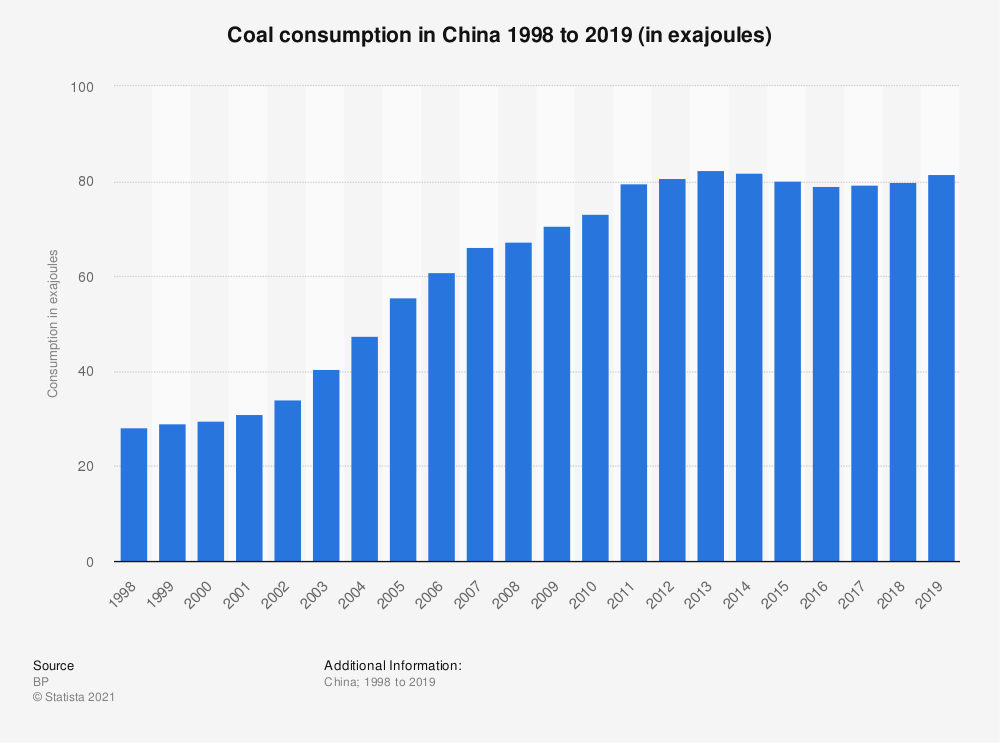
China Coal Consumption Data
Death in mines due to poor safety records
Deaths are common in mines where the production of minerals occur. Only a few cases are recorded. In Brazil, death in mines is underreported by 50% since contractors who die are not included in the statistics. The Wall street journal reports that mining deaths account for 8% of occupational deaths. The World Counts website estimates from reported statistics about 15000 miners die every year. The statistics are likely to rise with the rising demand brought about by the green energy market. In addition to death and injuries, chemicals and contamination from mining will reduce life expectancy. Heavy pollution from lead and zinc has caused mental deficiencies in children below five years in a Peruvian town.
Carbon footprint in the entire mineral processing value chain
Mining is energy-intensive and mostly utilizes fossil fuels from excavation, beneficiation to transportation (ship, plane, or trucks). Most of the minerals mined from all over the world and sent to China for processing or refining before they can be sent to companies that manufacture clean energy systems. IVL, a Swedish environmental research institute, released a report in 2019 that estimates battery manufacturing emissions are in the range of 61 and 106kg CO2-equivalent per KWH. The 61kg estimate was in case the energy used in manufacturing comes from zero-carbon sources. Carbon relief has also published its data on research from 17 independent studies.
The world considers the lithium-ion battery to be an environmentally friendly alternative. Lithium occurs in nature in two forms. It is either drilled as brine in South America and will require large fields to evaporate. In other places, lithium forms part of the rock chemical composition. The mineral demand is on the rise. More greenfields will be opened to meet the demand. Lithium and cobalt are some of the minerals that the world will need for a long time since batteries will die at some point. In the case of the world has to worry about is the carbon footprint as the material moves around the world.
Conclusion
As the world transitions to a low carbon economy, the mining sector is the significant partner and enabler. There is a need to carry out a lifecycle assessment and Cradle2Grave analysis of the low carbon shift to ensure sustainability. There is a need to invest in sustainable mining. Value chain analysis of renewable energy is essential. Renewable energy and climate change practitioners have a responsibility f


